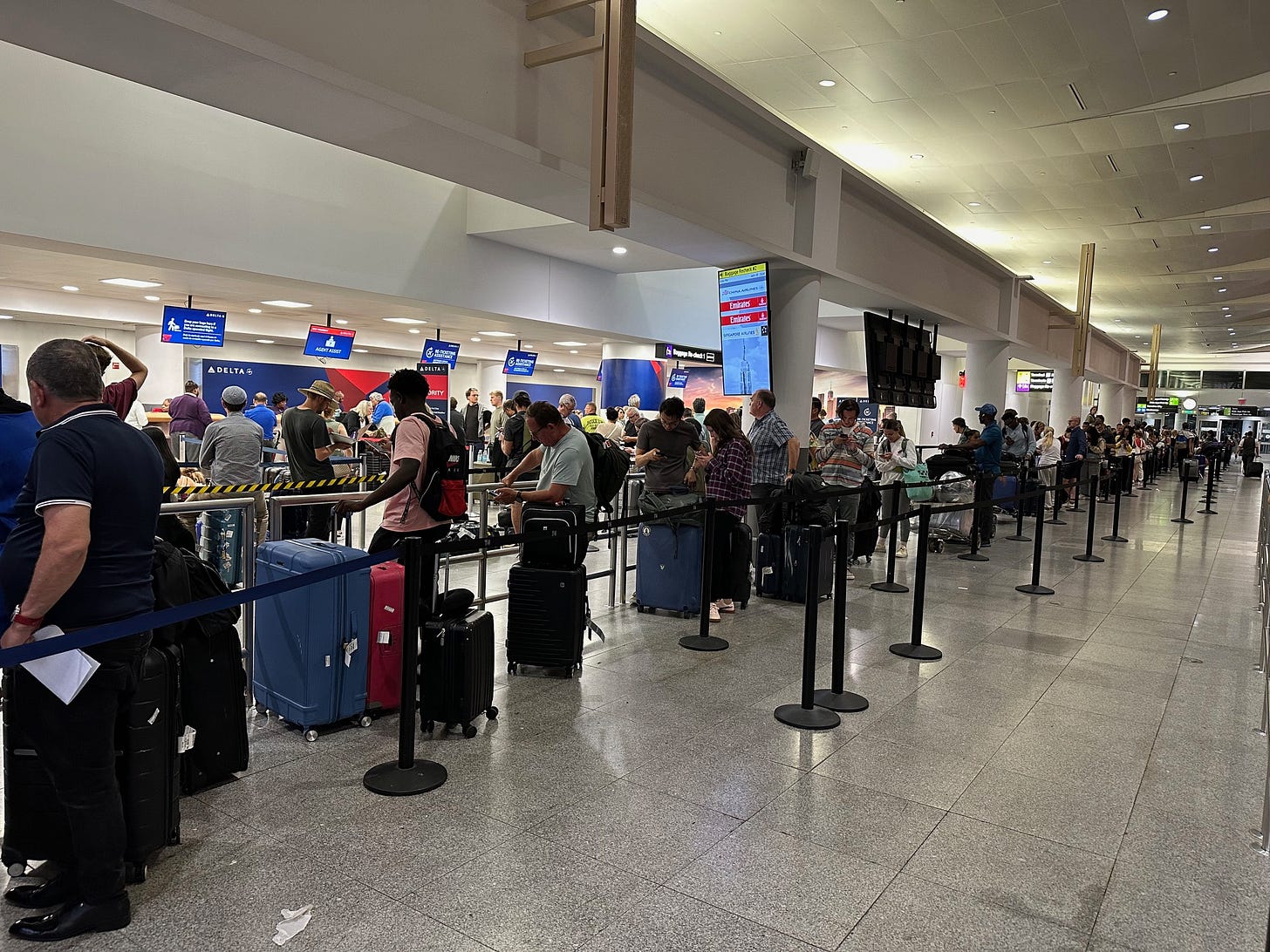CrowdStrike and the Hard Truth about Software Reliability
Bill Gates once gave Microsoft a "one" on a scale of 10
Welcome to the Cloud Database Report. I’m John Foley, a long-time tech journalist, including 18 years at InformationWeek, who worked in strategic comms at Oracle, IBM, and MongoDB. I’m now a VP with Method Communications.
CrowdStrike’s undetected error, which led to the Windows OS crash felt around the world on July 19, is being called the largest IT failure ever. Estimated cost: $5.4 billion.
CrowdStrike has published a prelim report on what went wrong. The basic explanation is that a CrowdStrike-issued content configuration update resulted in a Windows system crash, or BSOD (blue screen of death) in industry jargon. CrowdStrike blamed it on a “bug” in its Content Validator.
For more, see CrowdStrike’s Post Incident Report.
Gates rated Microsoft one on a scale of 10
No one knows more about software bugs than Bill Gates. In January 2002, as Microsoft grew in the enterprise—making software quality & security an …




